fact

Natural History
It started with a note I found tucked into an anthology of poems edited by Selden Rodman, a book I opened rarely, though there was a time when I was young I had read it so closely and so many times I had most of the poems memorized. The note lay in the spine of the book against a poem of Arthur Rimbaud's titled, I think, "The Twelve-Year-Old Poet." On it are four names printed out in my sure and youthful twenty-one-year-old hand: Baghdad, Koweit, Sakakah, Jaffa.

Iceman
Last month I had lunch with a good friend who years ago had told me that her parents, who immigrated to Canada after the war, were Holocaust survivors. I asked my friend, whose name is Slava, to tell me again about her parents, who had lived in Vilna, the ancient Lituanian city of Europe known for three centuries as the “Jerusalem of the north.”

Re-hanging the National Wallpaper
When I lived in Ottawa in the 1970s, I used to enjoy passing lazy afternoons at the National Gallery looking at the pictures. I remember how surprised I was when I first encountered the Group of Seven collection. These paintings were completely familiar—I’d seen them in schoolbooks and on calendars, posters, t-shirts, everywhere—yet at the same time they were completely unexpected.
.svg)
Canada’s House: Rideau Hall and the Invention of a Canadian Home
On the same day that a parliamentary committee scolded the governor general for profligate spending by slashing her annual budget by ten percent, a book that purports to give the full story about life at Rideau Hall arrived on my desk. Working on the
.svg)
Canadian Dreams: The Making and Marketing of Independent Films
Michael Posner's Canadian Dreams: The Making and Marketing of Independent Films (D&M) is a passionate and at times hair-raising account of what's right and what's wrong with Canadian moviemaking. Posner follows the making and marketing of ten very di



.svg)










.jpg)










































.png)
















.jpg)
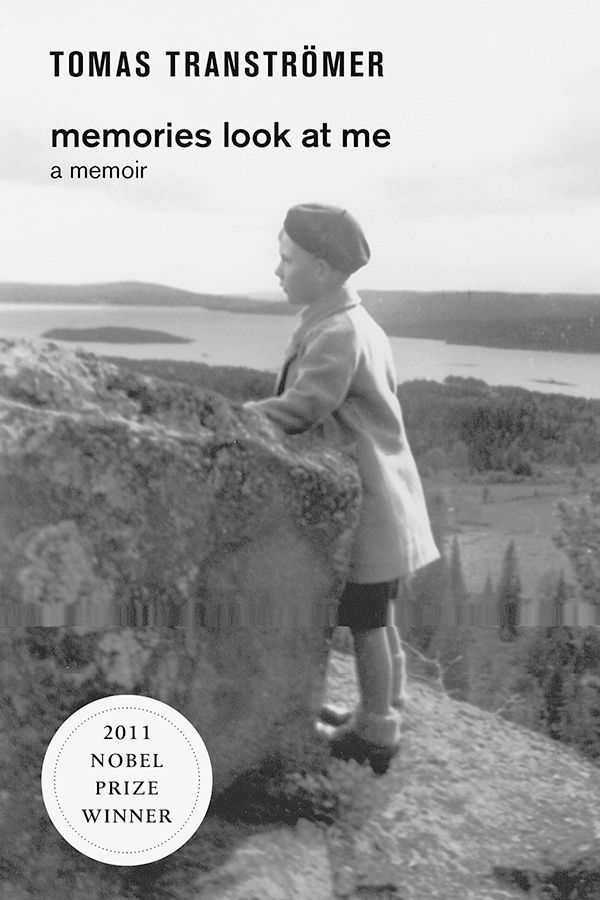
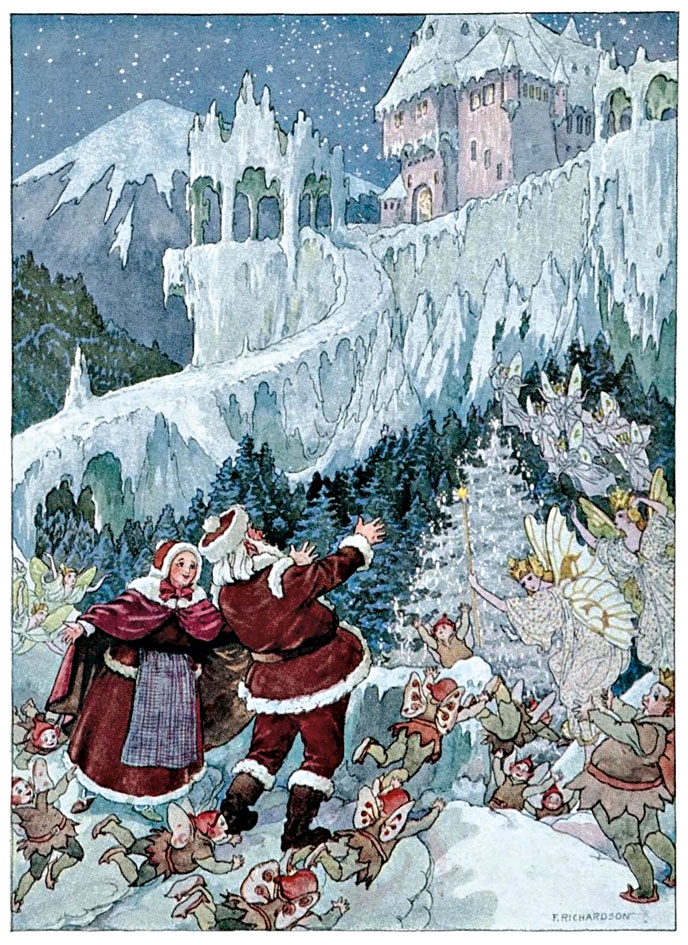
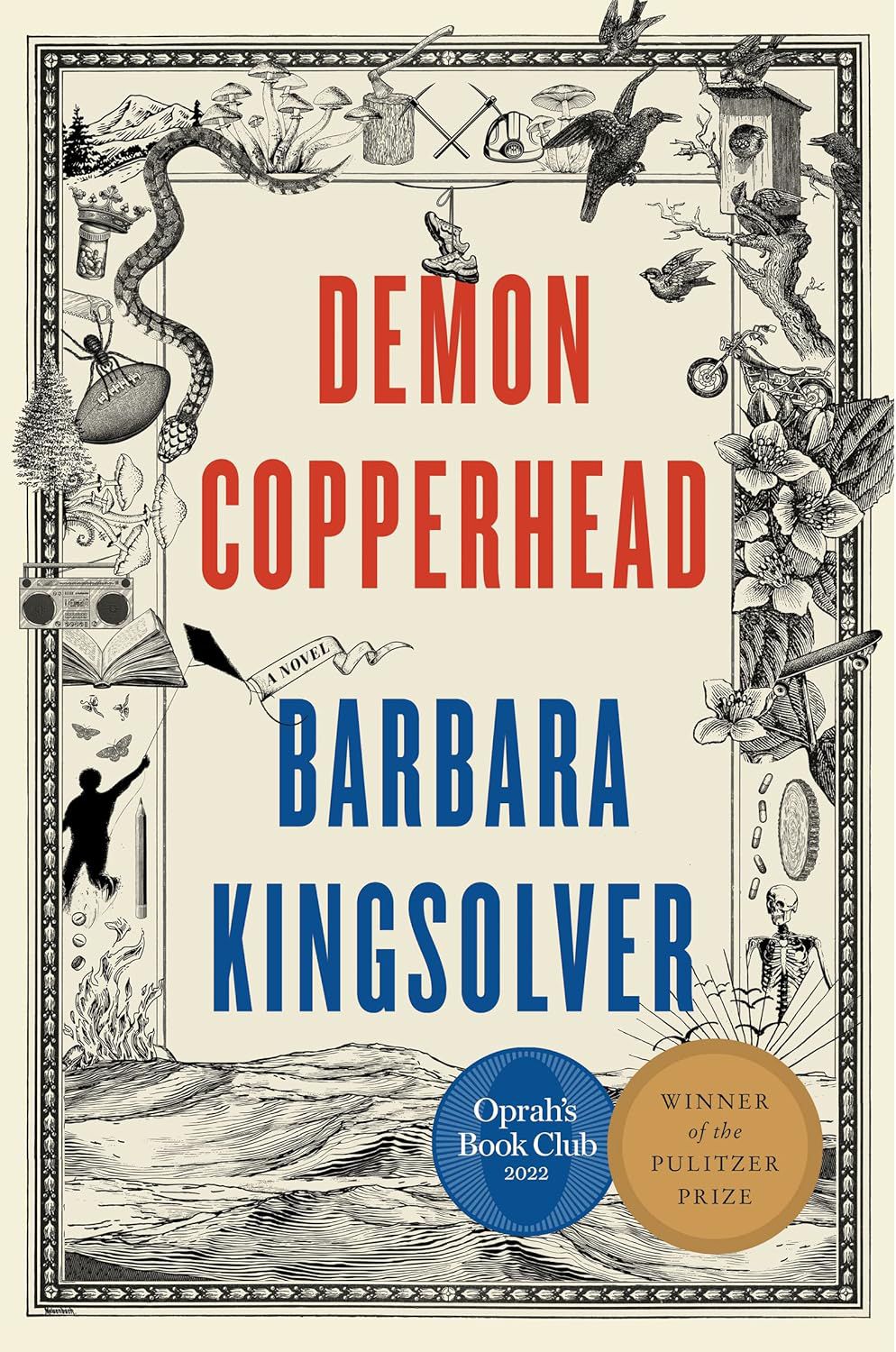



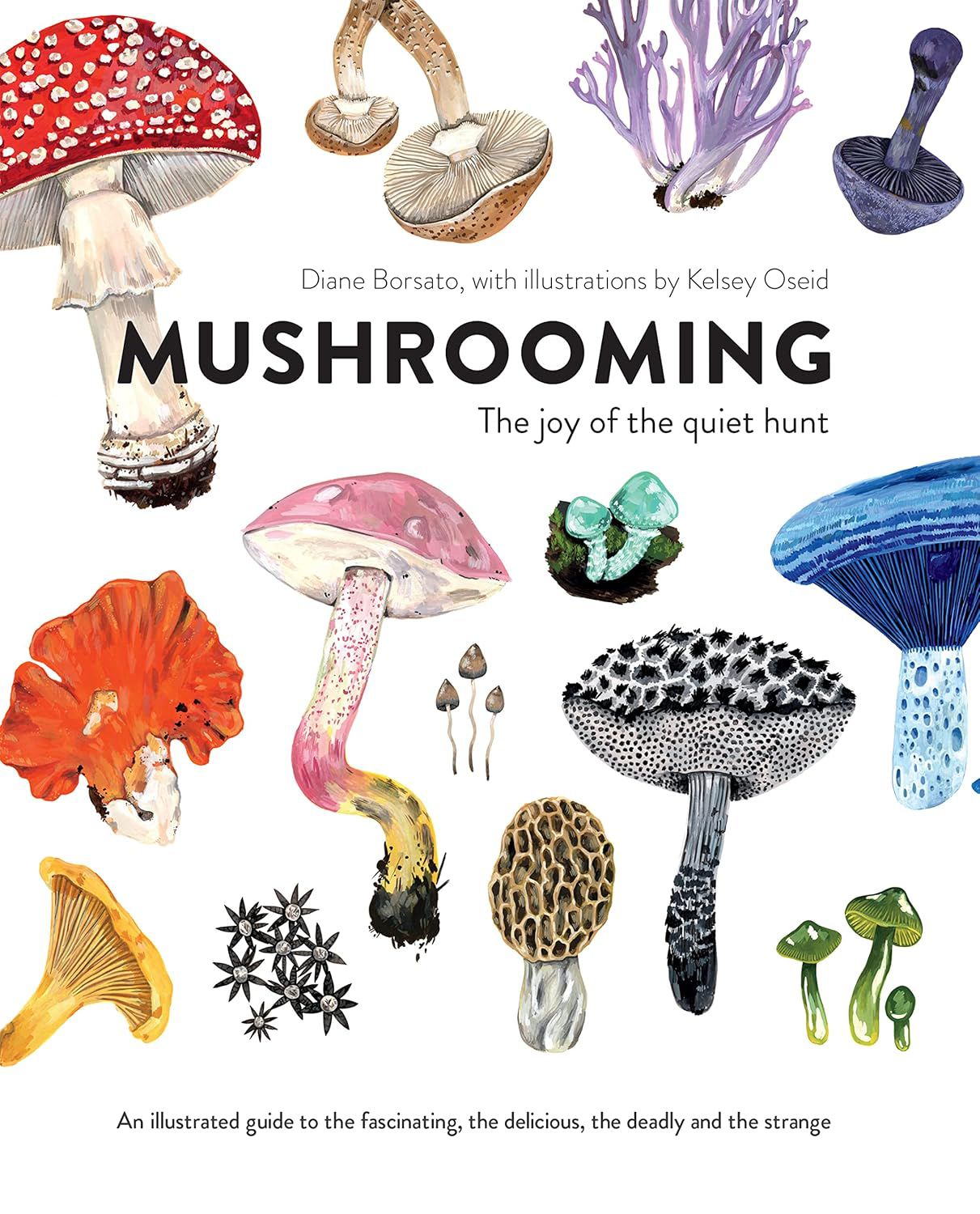

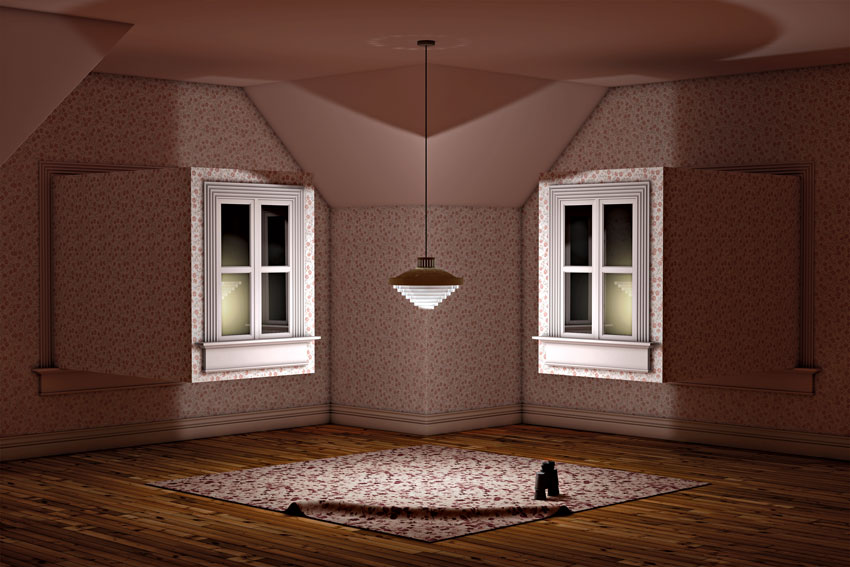
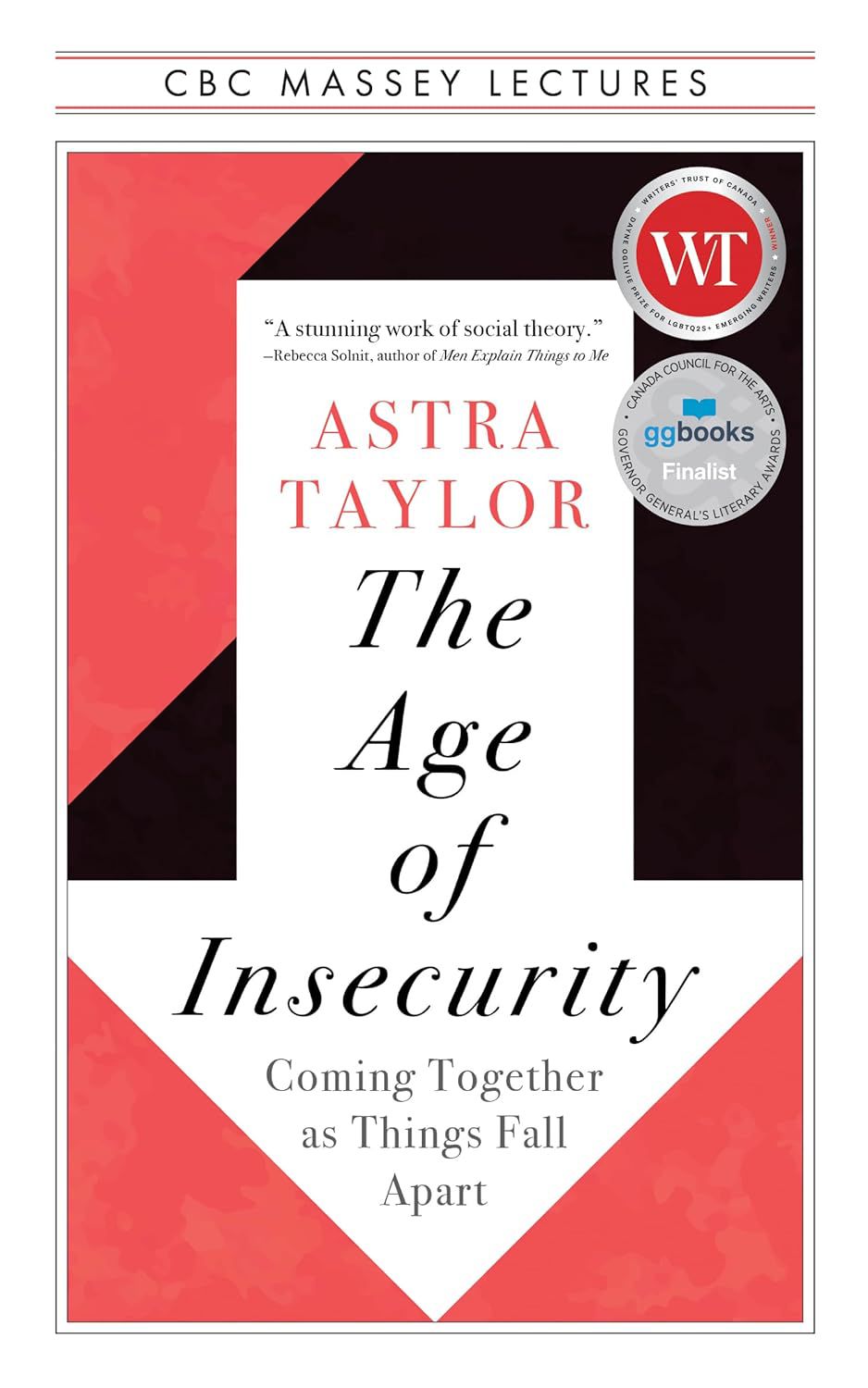
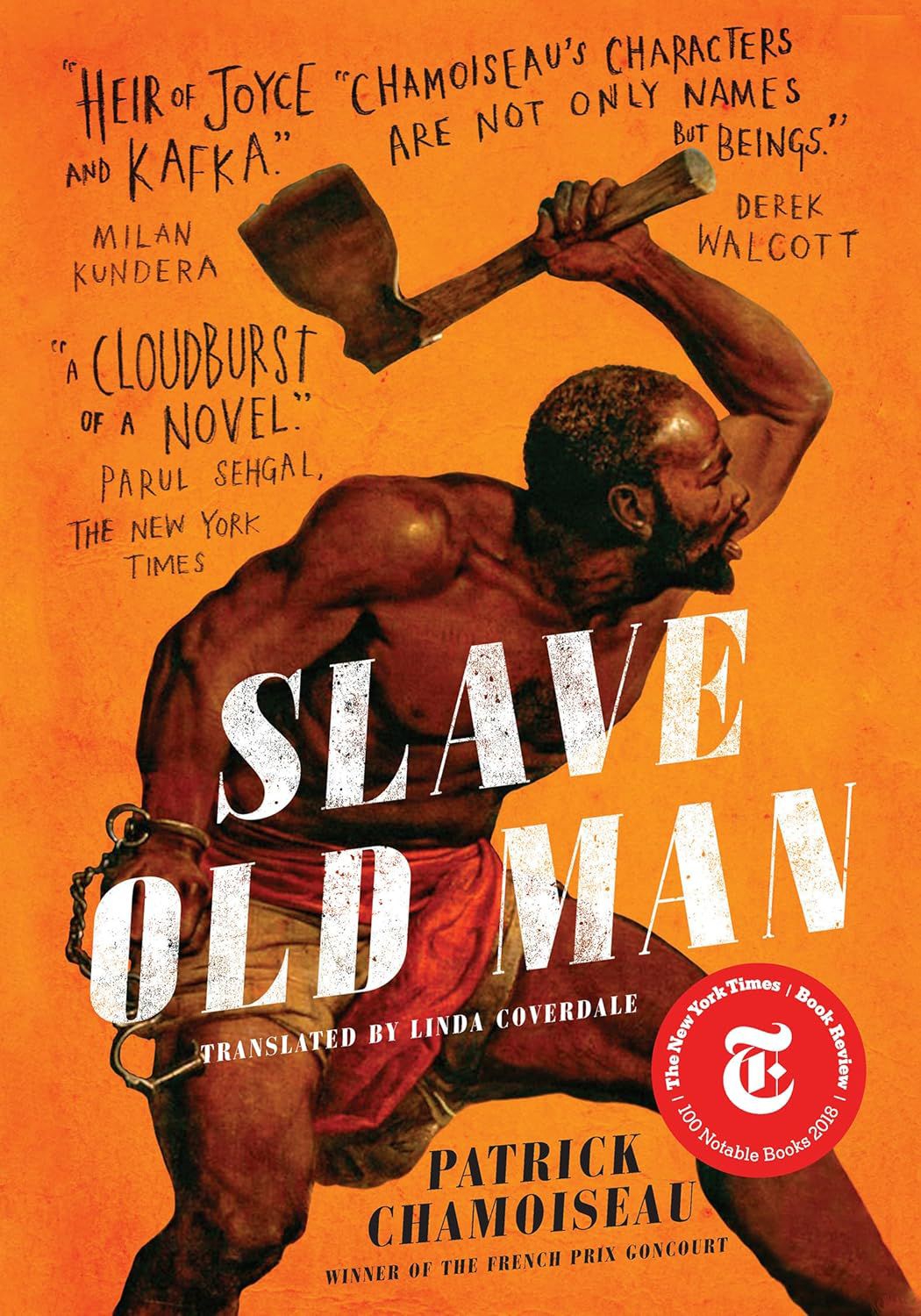
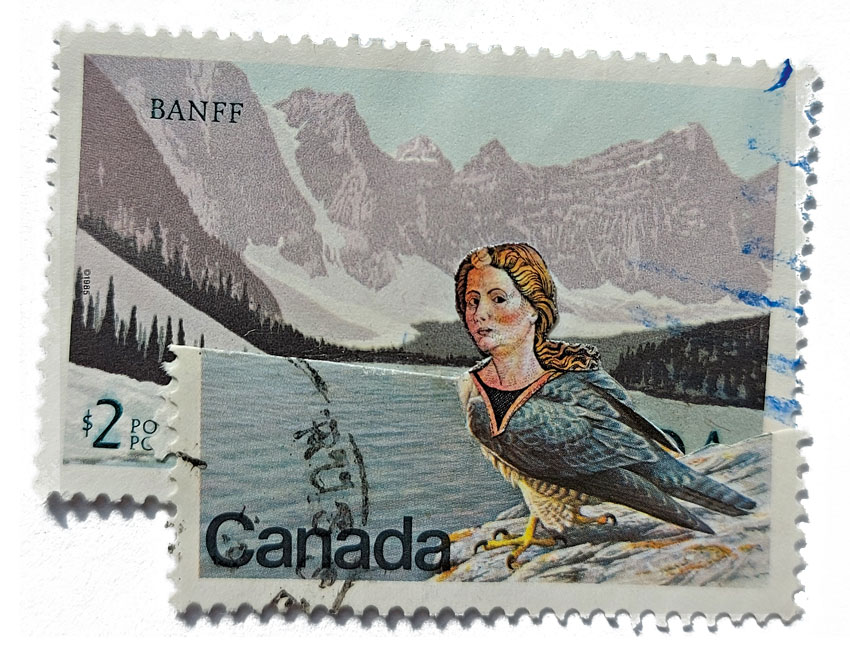
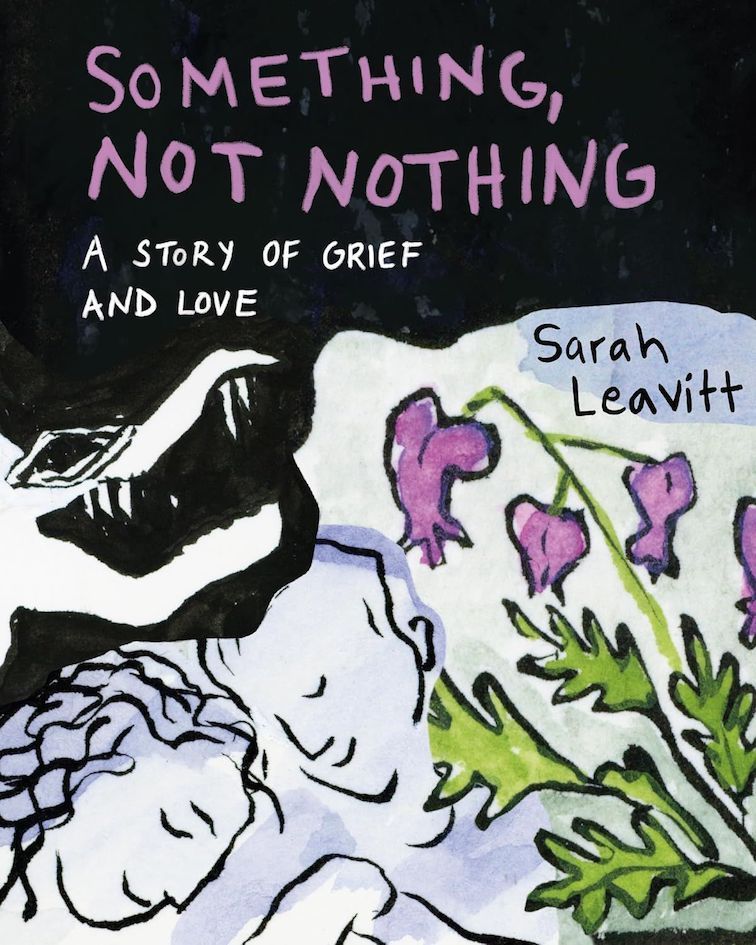
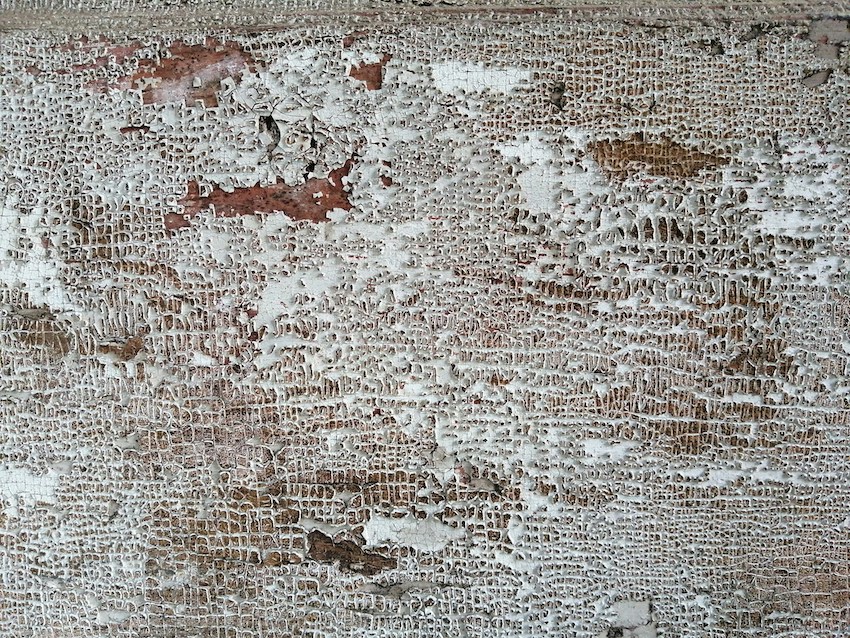








.jpg)